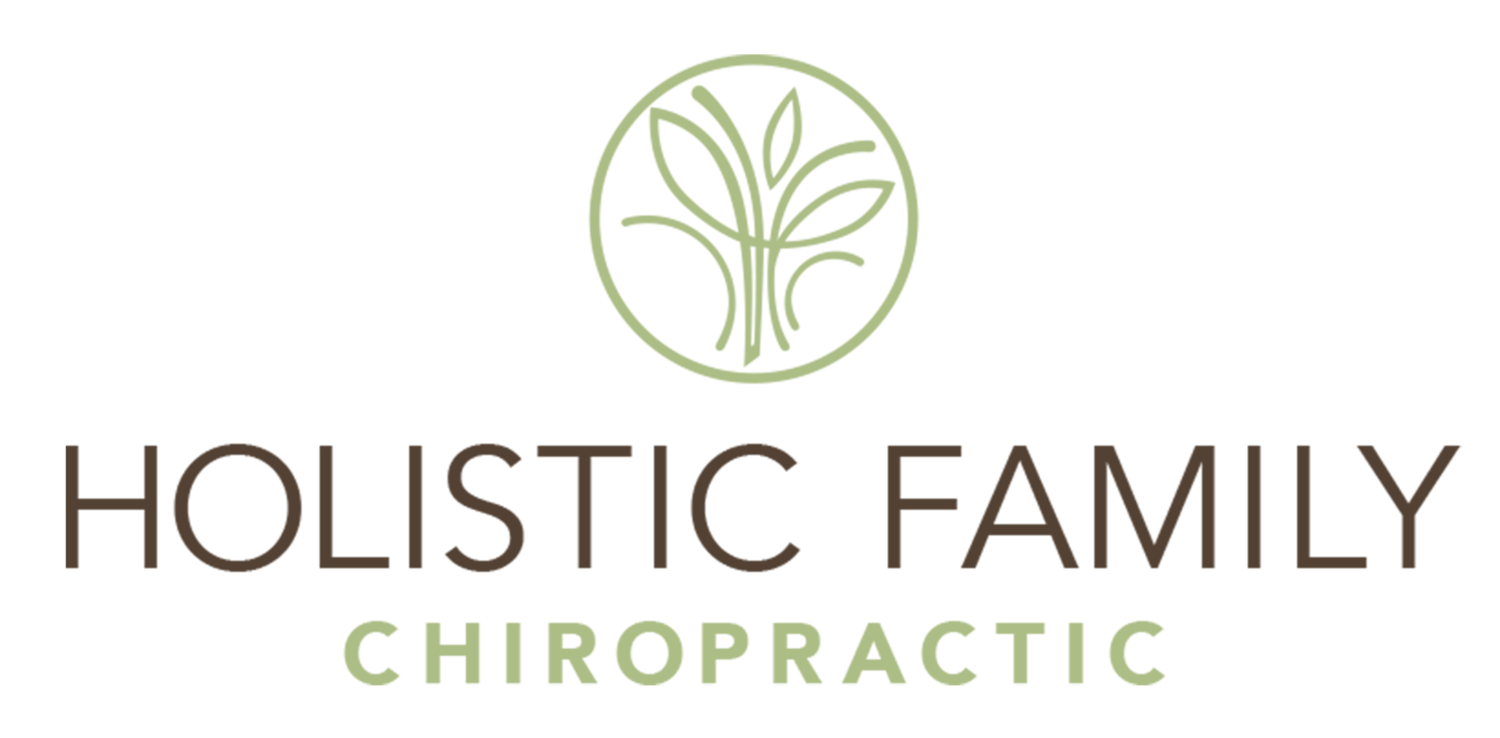The Science of Breathing and Brain Health
Breathing is something we do every moment of our lives, often without a second thought. Yet, the way we breathe can have profound effects on our brain health and overall well-being.
Dr. Nate recently led a workshop titled "Science Simplified: How Breathing Impacts the Brain," where he delved into the fascinating connection between our breath and brain function.
Here’s a summary of the key insights and actionable tips from the workshop that can help you harness the power of your breath for improved health.
The Science of Breathing
Breathing is controlled by a small group of cells in the brain known as the pre-bötzinger complex. This "pacemaker" for your breath ensures that you continue to breathe whether you’re awake or asleep.
Dr. Nate explained that our emotional state can influence our breathing patterns, which in turn affect our brain chemistry. When we’re stressed, our breathing becomes shallow, which leads to increased levels of cortisol, the primary stress hormone. This can lead to a vicious cycle of stress and shallow breathing, ultimately affecting our overall health.
Benefits of Deep Breathing
Deep, relaxed breathing has numerous benefits.
It helps shift the nervous system into a "rest and digest" mode, lowering blood pressure and reducing stress. With more oxygen flowing to the brain, we can think more clearly and feel more energized.
Dr. Nate emphasized that by changing our breath, we can change our body chemistry, reducing stress and improving circulation and healing.
Breathing Techniques for Your Day-to-Day Life
Dr. Nate introduced several breathing techniques that can be easily incorporated into daily life:
Tidal Breathing: This is the natural, relaxed breathing pattern most people use when at rest. It involves equal-length inhales and exhales, using minimal lung capacity.
Nasal Breathing: Breathing through the nose filters and humidifies the air, boosting nitric oxide levels and promoting calm and focus.
Deep Breathing: Also known as diaphragmatic or belly breathing, this technique involves taking deep breaths that expand the belly, engaging the diaphragm and increasing oxygen intake.
Box Breathing: This involves inhaling, holding the breath, exhaling, and holding again, each for a count of four. It’s a great way to calm the mind and body.
Physiological Sigh: A deep inhale followed by a longer exhale can stimulate the vagus nerve, promoting relaxation.
Habit Stacking for Improving Your Breathing
Dr. Nate suggested "habit stacking" as a way to incorporate these breathing techniques into your daily routine.
For example, while waiting for your morning coffee to brew, take three deep belly breaths. Before a meeting or stressful event, try a round of box breathing. These small changes can have a big impact on your stress levels and overall health.
Assessing & Improving Your Breathing Habits
To make the most of these techniques, it’s important to assess your current breathing habits. Consider asking yourself these questions:
Are there moments throughout your day when you’re breathing becomes shallow – i.e., while driving, working, in times of stress, etc?
Do you often find yourself holding your breath, especially when stressed or focused on a device?
We encourage you to try and identify these common breathing traps and make a plan to improve your breathing habits.
Chiropractic Adjustments + Breathing Efficiency
Chiropractic adjustments can also play a crucial role in improving breathing efficiency.
By removing subluxations in the spine, you can increase your vital capacity, allowing for deeper, more effective breaths. This is why regular chiropractic care is a cornerstone of holistic health.
Take Action for Better Brain Health
Breathing is a simple yet powerful tool for improving brain health and overall well-being.
By incorporating these techniques into your daily routine, you can reduce stress, increase clarity, and enhance your quality of life. Remember, your body was built to self-regulate and heal, and proper breathing is a key component of that process.
Whether you’re looking to improve your breathing, posture, or overall wellness, our team is here to support you every step of the way. If you haven’t seen Dr. Nate in the past thirty days, you can set up your next appointment here:




